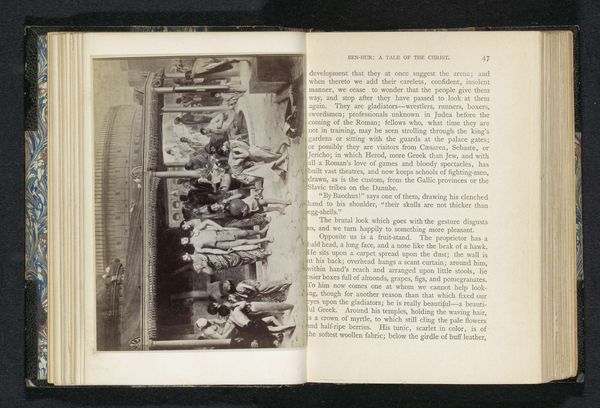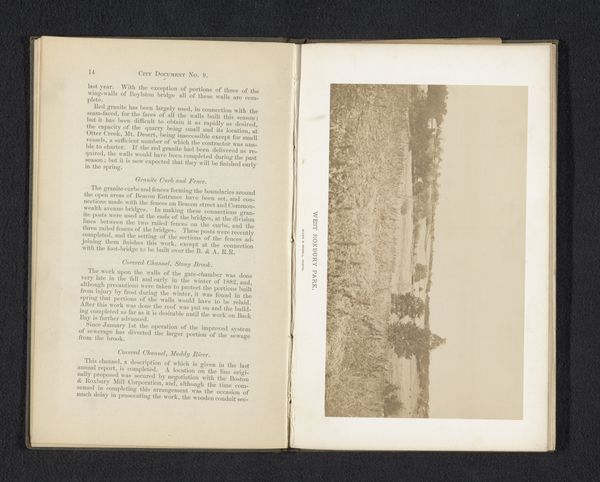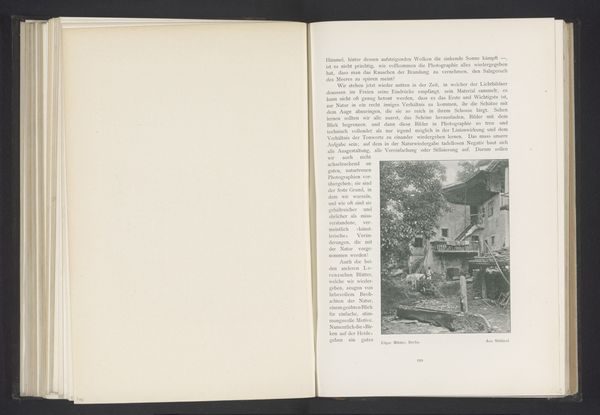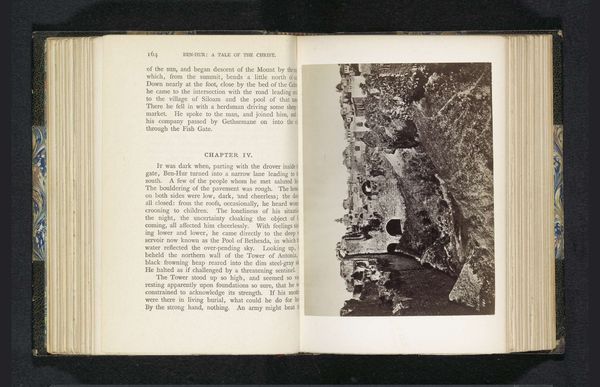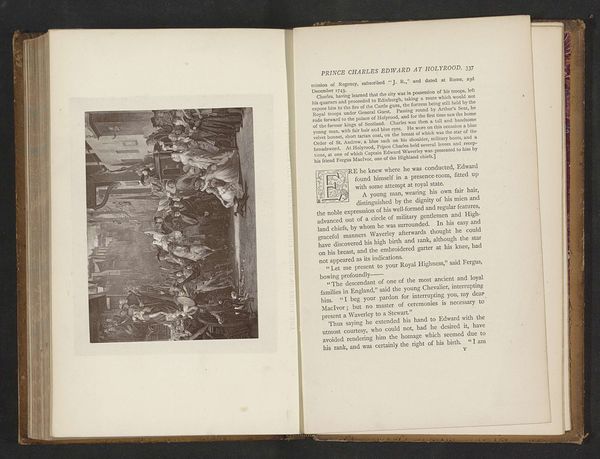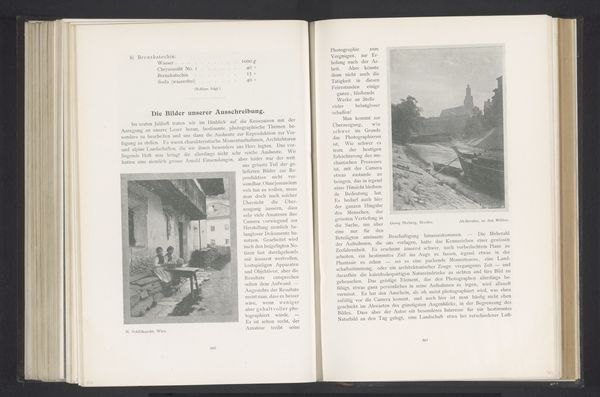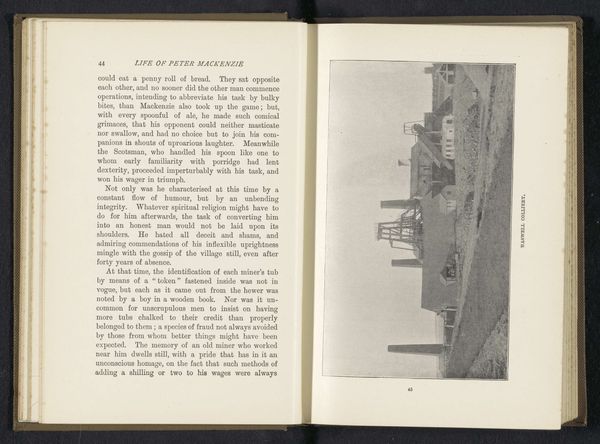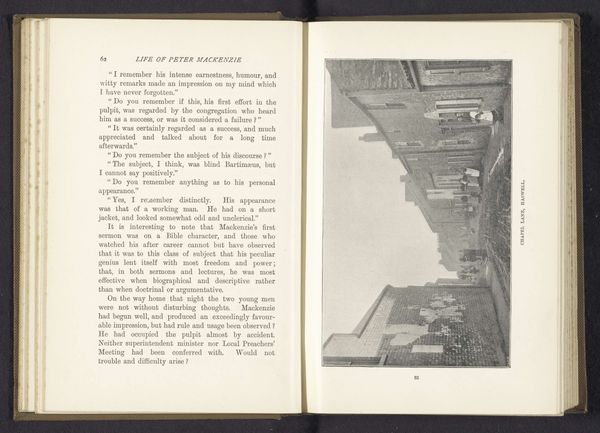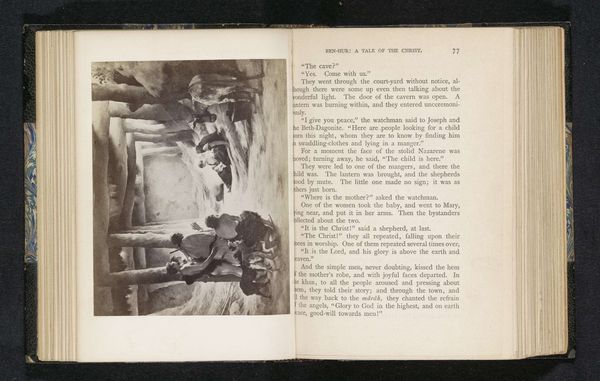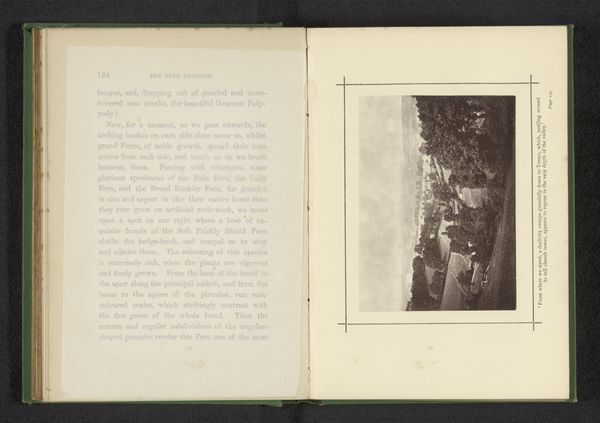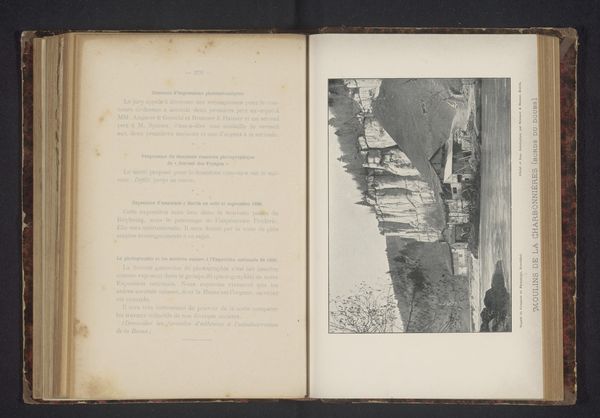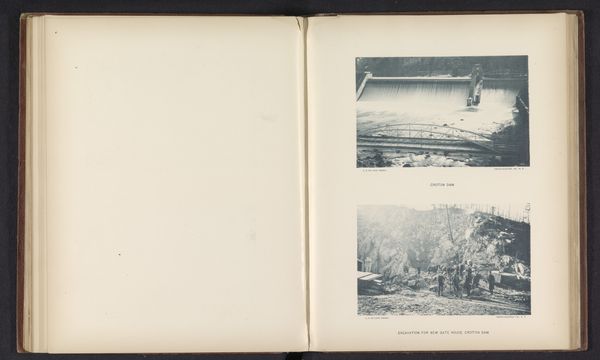
photography, gelatin-silver-print, albumen-print
#
landscape
#
photography
#
gelatin-silver-print
#
street
#
watercolor
#
albumen-print
Dimensions: height 97 mm, width 130 mm
Copyright: Rijks Museum: Open Domain
Curator: This evocative image before us is titled "Straat te Jeruzalem," or "Street in Jerusalem," a photograph captured before 1888 by Maison Bonfils. It’s part of the Rijksmuseum’s collection, made with a gelatin-silver print from an albumen print. Editor: My first impression is of starkness and serenity existing in the same space. The image appears incredibly still, almost ghostly, even, despite the activity one imagines occurring in the place captured. Curator: Bonfils’ work holds significance when thinking about how the "Orient" was being visually constructed and circulated in the West. The photographer’s identity and the setting are key. How do you see it playing out in this photograph? Editor: This is a very layered city, not only in an urban, architectual sense, but culturally too. I notice repeated archways which act like passages to different points in space and maybe also time. We can clearly perceive the play of light and shadow. Perhaps it is the light that evokes feelings of nostalgia. This visual strategy seems intended to communicate something profound about Jerusalem, although I wonder if it actually touches upon the essence of it. Curator: Absolutely, and it prompts us to consider Bonfils’ perspective as a Western photographer capturing a culture perceived as ‘other.’ Photography, in that era, acted as a tool for documentation, but also of framing cultures for a specific audience and from a singular viewpoint. This image becomes a historical document and an active agent in creating orientalist visual codes. We may ask what and whom it leaves out. Editor: Yes, this piece resonates with certain visual vocabularies found in historical paintings depicting biblical narratives set against an imagined holy land, albeit translated into the new medium of photography. Do you find there are clear differences in comparison with earlier artistic representations? Curator: Considering this image’s function in a broader colonial context, one may explore gender dynamics and assumptions encoded. It leads one to reflect on the historical, often political roles attributed to women in the area, in relation to notions of the ‘exotic’. Editor: Examining these types of photographies can be a journey to cultural memory, because this piece encapsulates many symbolical values. It's a rich image offering much for meditation. Curator: It's a critical lens into our colonial past. Thank you.
Comments
No comments
Be the first to comment and join the conversation on the ultimate creative platform.
